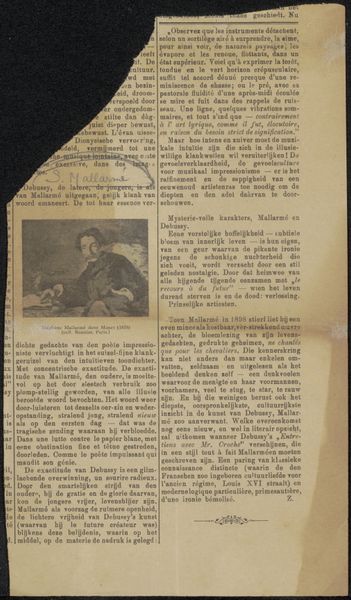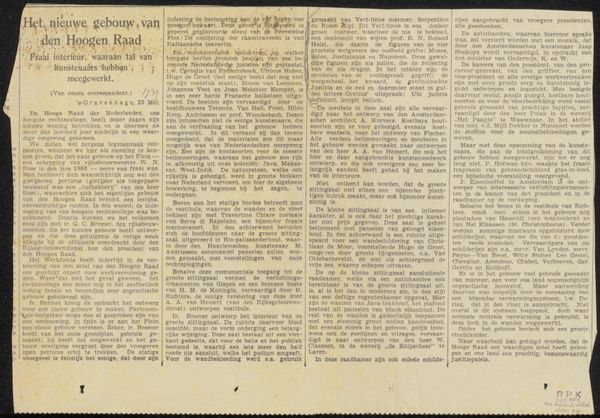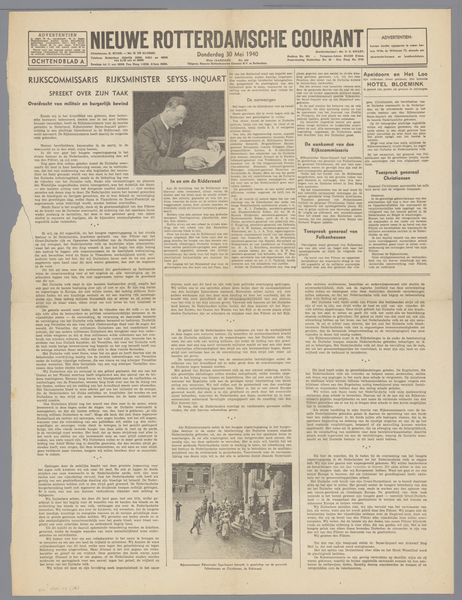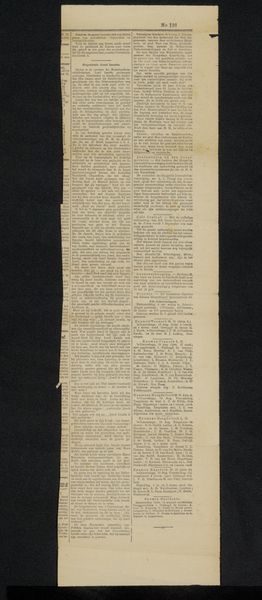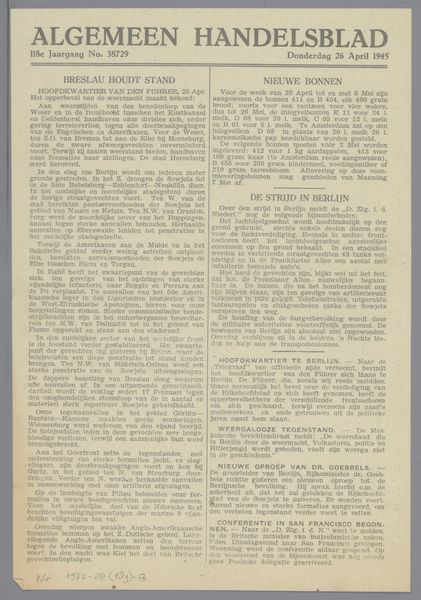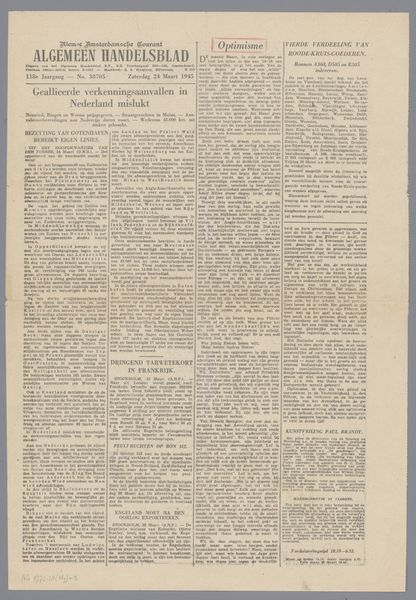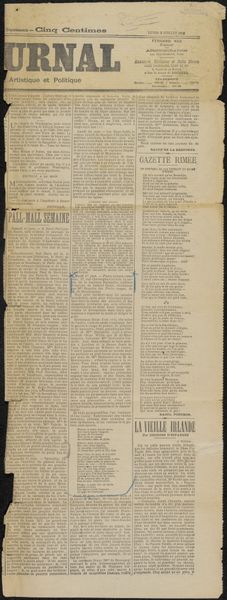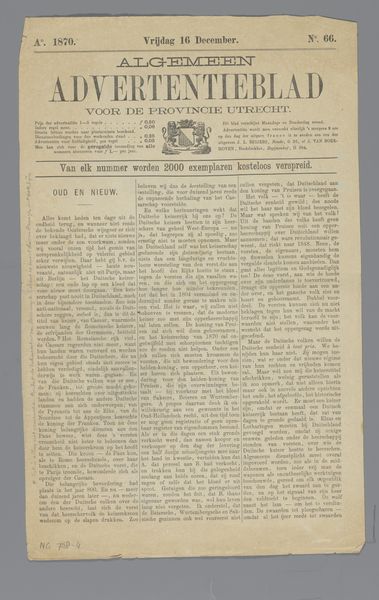
collage, print, paper
#
portrait
#
collage
# print
#
paper
#
journal
Copyright: Rijks Museum: Open Domain
Curator: Here we have “Krantenknipsel uit archief Philip Zilcken,” a collage, print, and paper piece by an anonymous artist after 1906, currently residing in the Rijksmuseum. The composition is arresting. What catches your eye? Editor: It feels very… grounded, literally made from paper. But even the subject matter feels humble, capturing a newspaper clipping that's inherently linked to the everyday, yet aiming to preserve its subject for ages. What’s your take? Curator: Its material existence speaks volumes. This collage of a newspaper clipping demands that we think about the production and dissemination of images and information in the early 20th century. Consider the labor involved: from the paper mills and printing presses to the individual acts of cutting and pasting. How does this elevate or challenge conventional views of art? Editor: I never thought about art this way, and more in line with skill! Is this something outside just paper, or can the material make the artist? Curator: Material and method dictate much of what you may appreciate when thinking of skill! Paper wasn’t necessarily revered as a fine art material. But here, the artist is making a statement, elevating the everyday, ephemeral news into something more permanent. Does that influence how you understand the “portrait” itself, detached from the sitter and more with the printing process and history of paper? Editor: Interesting! It kind of democratizes the whole art-making process. This transforms discarded news, destined to be waste, into something worthy of display. But the subject seems somewhat lost, with so much focus on media! Curator: Precisely! That tension between the portrait's presumed importance and the humble materials is crucial. How do you see that dialogue functioning? Perhaps skill is only how it is processed in the audience’s eye. Editor: I guess I’m learning to see the subject through process and production! It brings this artwork a very “here and now” feel for its past time. Curator: Precisely. Looking at art through materials brings you back to labor’s moment, a physical understanding of our collective histories. Editor: I will think about process as history. Thanks!
Comments
No comments
Be the first to comment and join the conversation on the ultimate creative platform.
